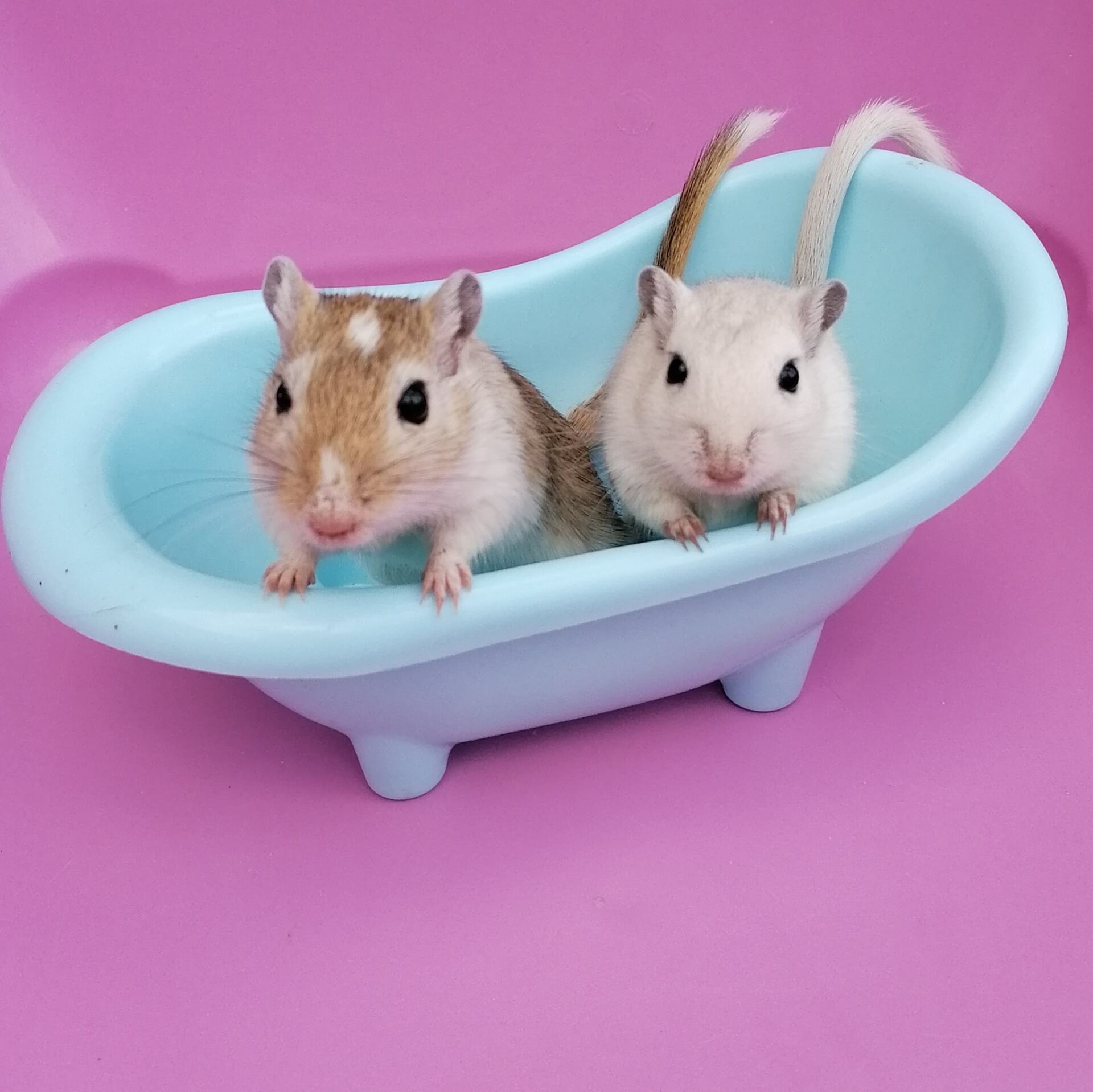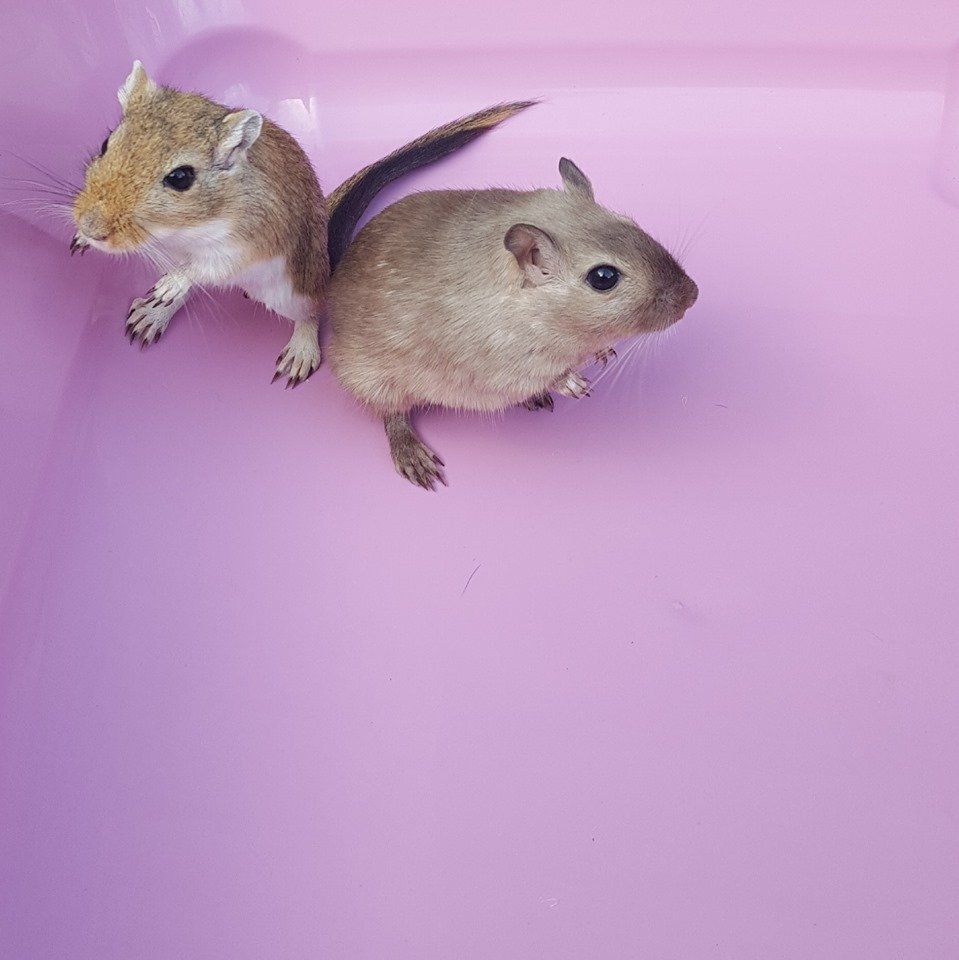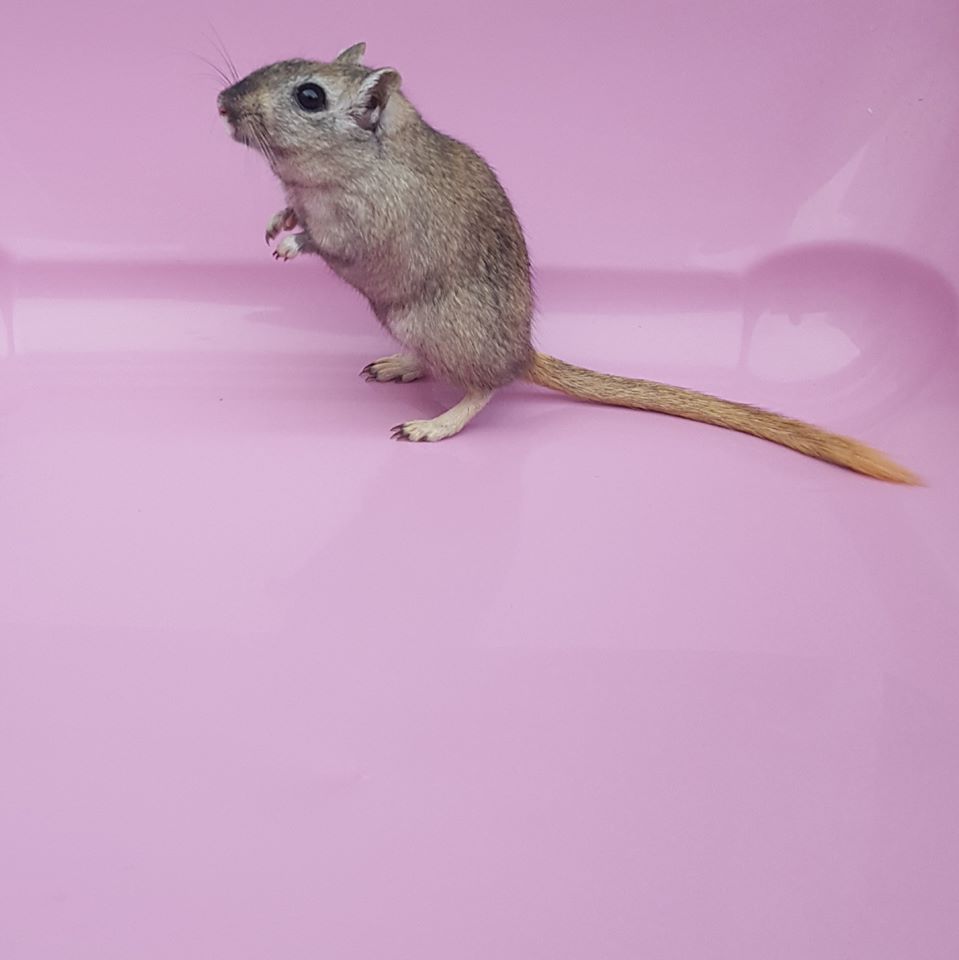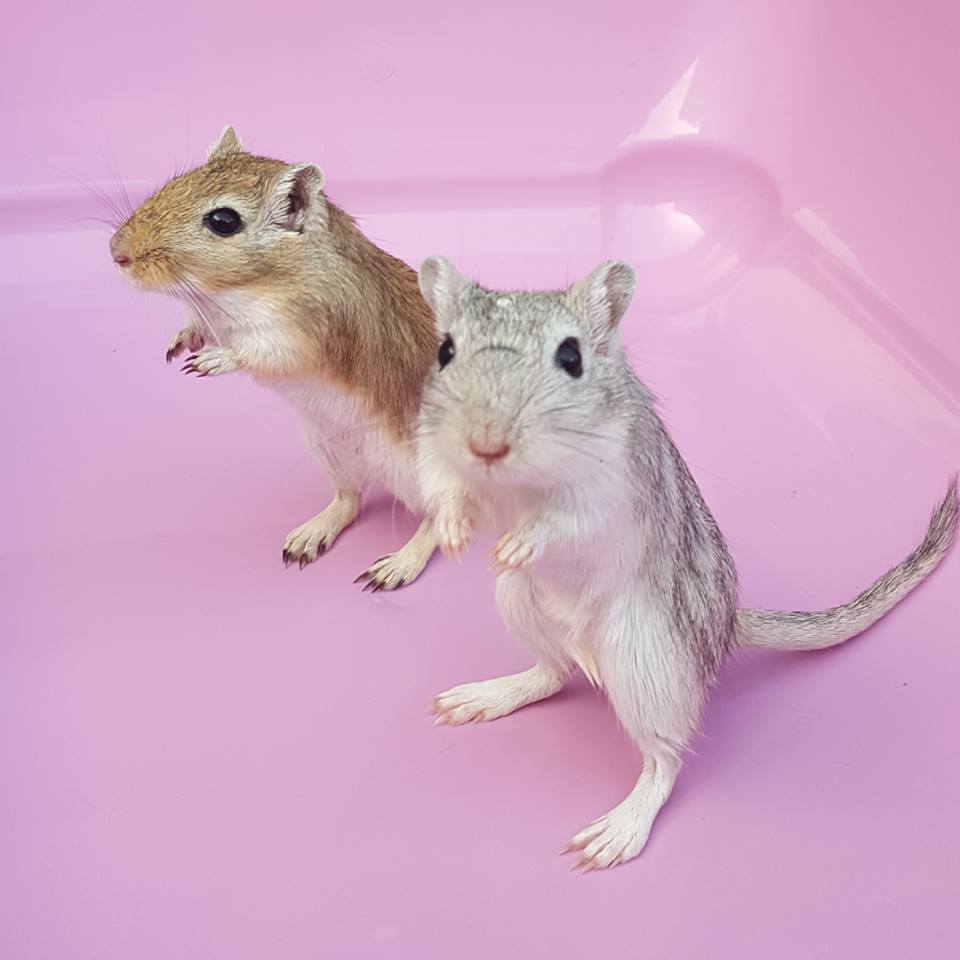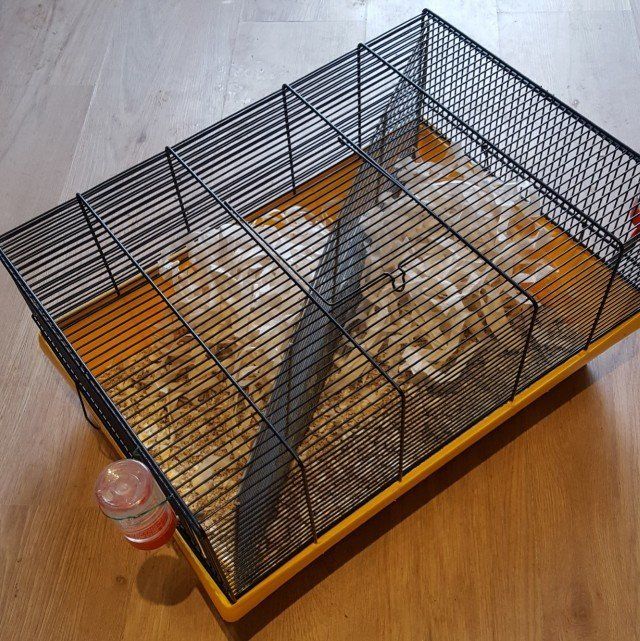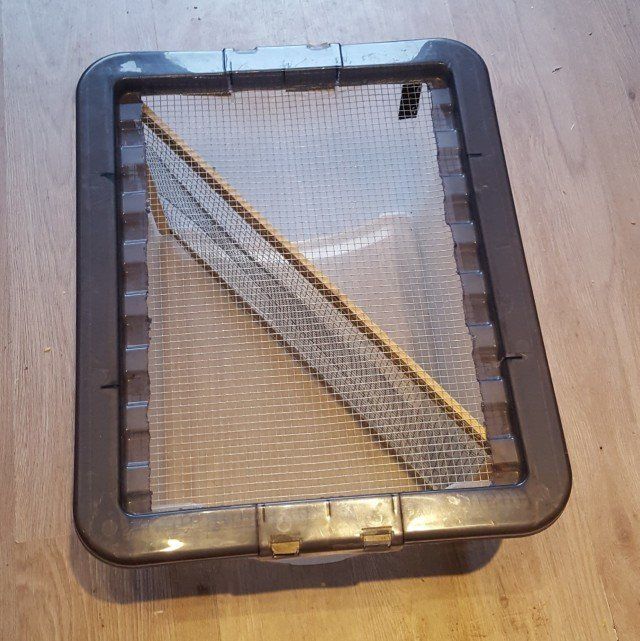Gerbil care
Suitable gerbil homes
Minimum size is 100cm x 40cm for a pair of gerbils.
Gerbils love to burrow and dig, making typical hamster cages unsuitable for them. We recommend using glass tanks to house gerbils in. Here we often use 3 foot glass tanks, but there are plenty of other suitable tanks on the market. Many people use old fish tanks with a handmade mesh lid. Gerbils need at least 8 inches of substrate (preferably more) to enable them to exhibit normal, burrowing behaviours, so make sure any gerbil housing is tall enough to allow this, plus space for them to run around on top.
The floor space should be a minimum of 100cm x 40cm for a pair of gerbils. We recommend more space if possible.
We do not recommend plastic cages or cages with tubes attached. Gerbils can often chew out of these and they can lead to territorial fights over different chambers. Typical hamster cages, that have wire sides, are not suitable homes for gerbils.
Below are some tanks we do recommend for gerbils.
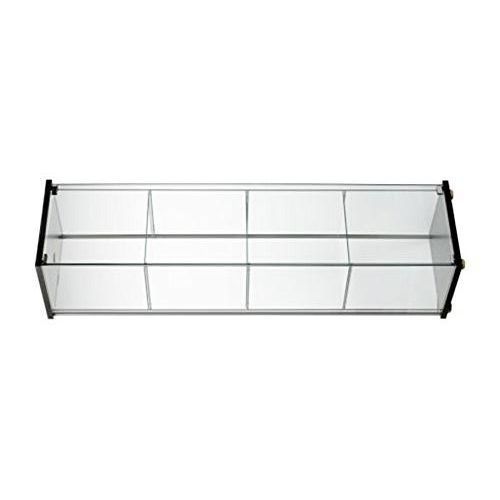
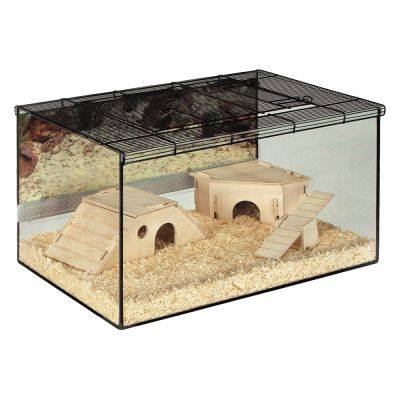
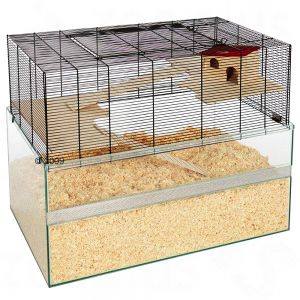
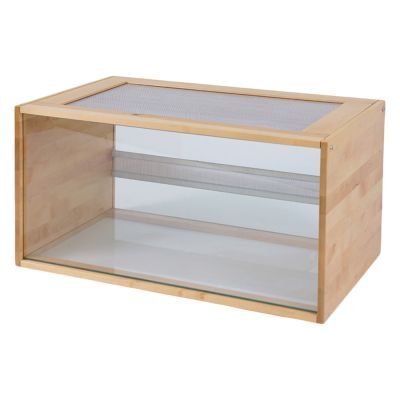
Bucatstate
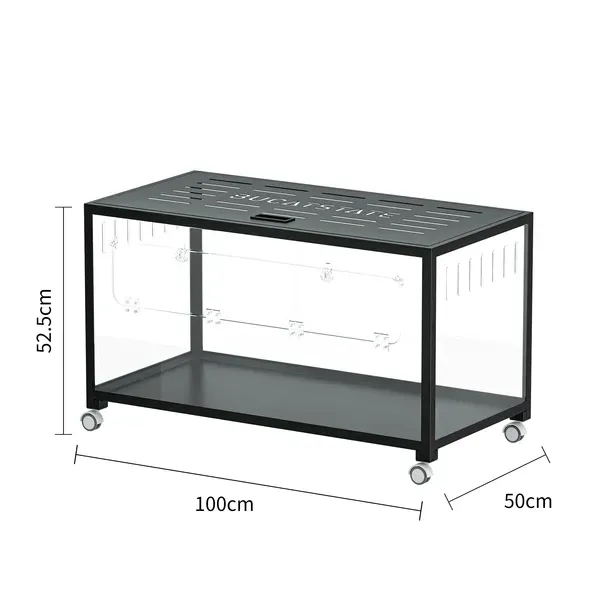
Jungle pets tank
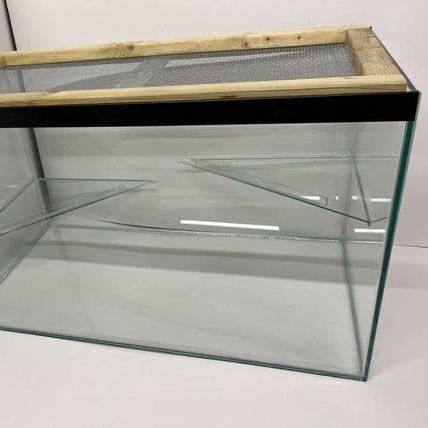
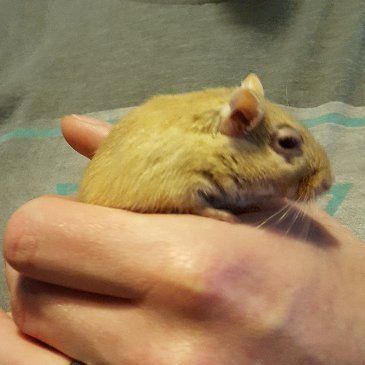
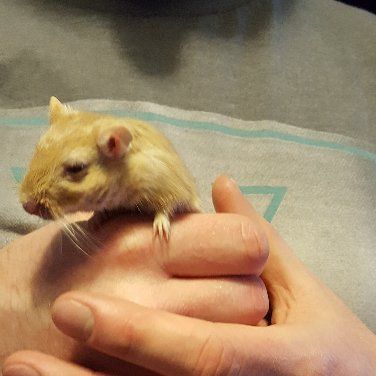
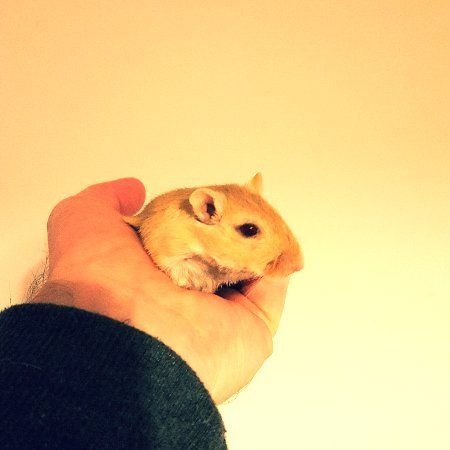
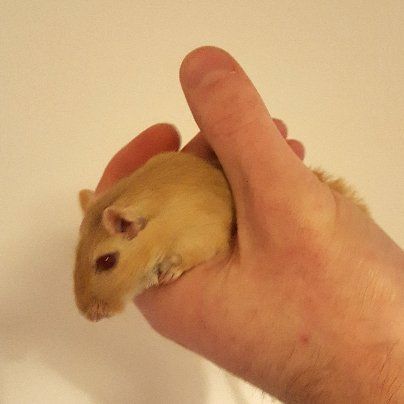
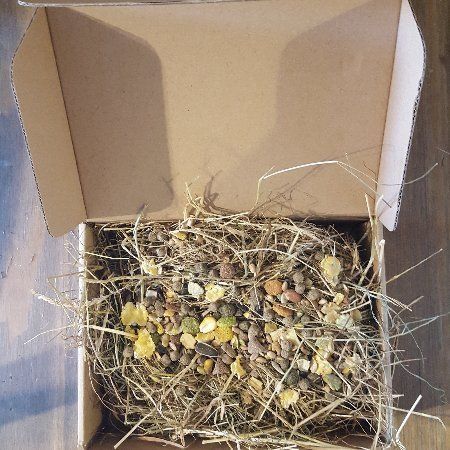
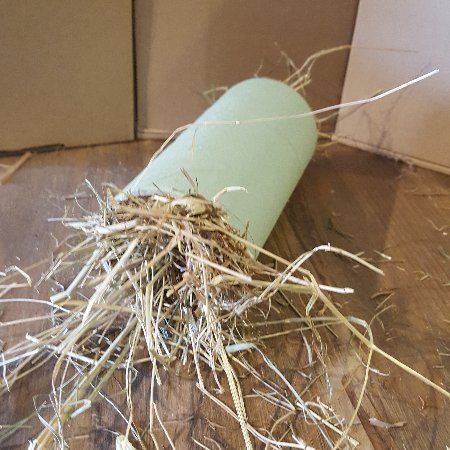
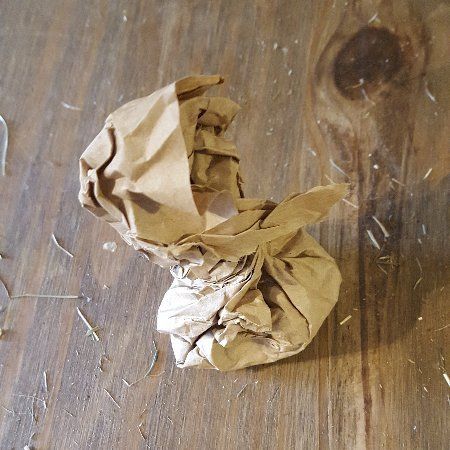
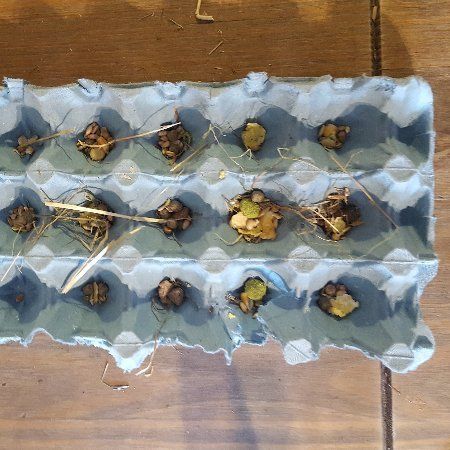
General information
Gerbils are generally diurnal, meaning they are mostly active during the day. Most gerbils seem go be most active early in the morning and evening. However, some will be active at night.
In the wild, gerbils live in underground tunnels, so housing must replicate this.
Gerbils have upper incisor teeth that continue to grow throughout their lives. They must be provided with wood to chew on, so they can keep their teeth from over growing.
Gerbils will stamp their feet when they are startled. This is normal and a way of communicating danger to other gerbils.
They have scent glands on their stomachs and use these to leave messages to other gerbils.
Common health issues
Although gerbils are hardy rodents, the more common heath issues related to gerbils are strokes, scent gland tumours and over grown teeth.
Lifespan
Gerbils live around 3-4 years.
